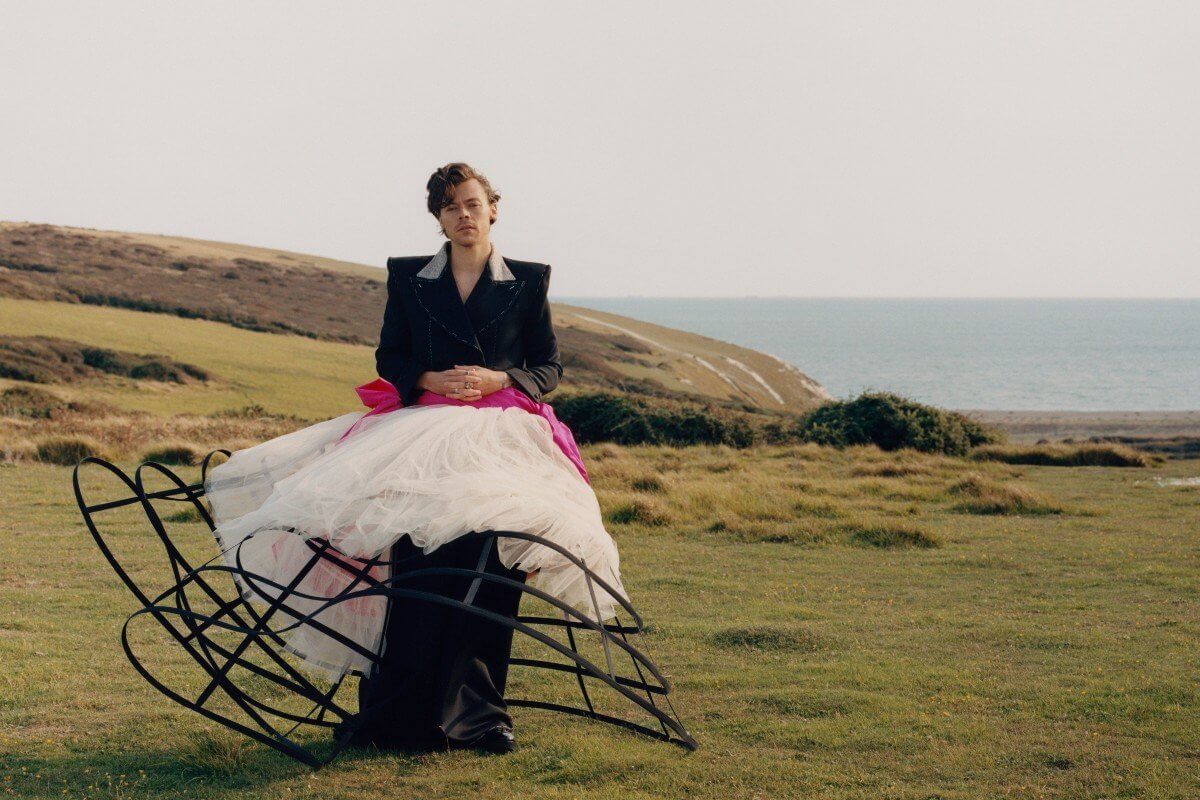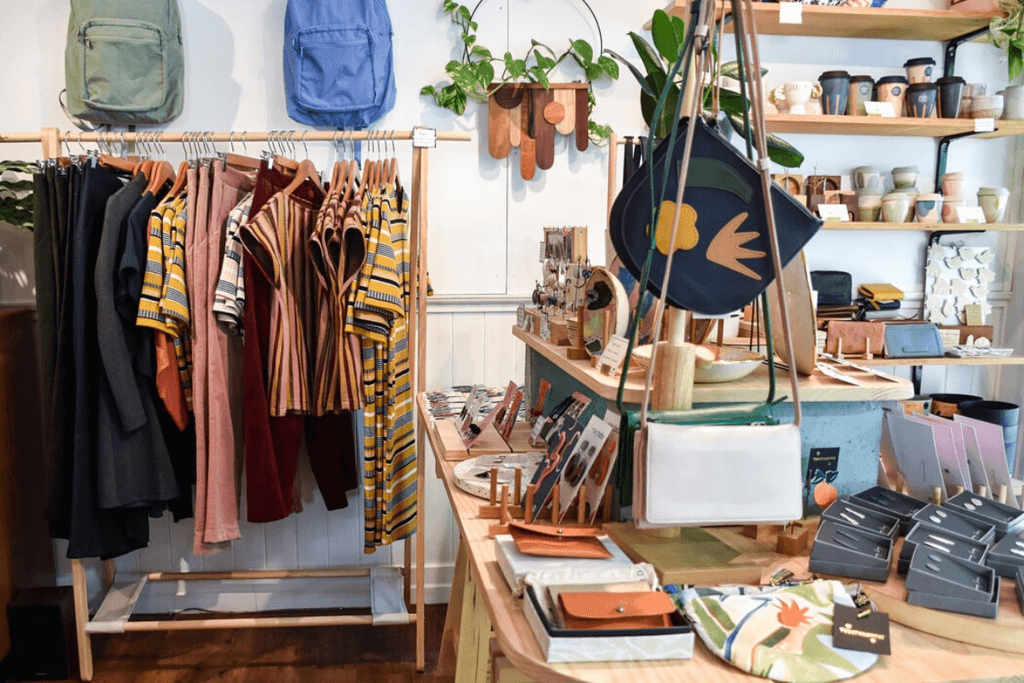Fashion is a fickle business. Just as quickly as it turns around trends, seasons and collections, it forgives those who make major errors. Whether it be a racially insensitive advertising campaign, cultural appropriation or stealing ideas from young and independent designers, you can often bet that the offender in question won’t have to wait very long for the smoke to clear. Where in other industries people are perhaps less willing to forgive and forget, in the fashion industry there is a stark lack of accountability for the big brands, companies and people who make these damaging mistakes. Never has this been more obvious than in 2021.
Exhibit A: the rise and fall, and rise again, of Dolce & Gabbana. The Italian fashion house is one of the most famous and celebrated in the world, and with thousands of employees working toward its continued growth and success, you’d assume it has the time and resources to dedicate to reducing its potential PR nightmares. Well, think again.
The brand has come under fire several times in recent years for a string of controversies that include racism, homophobia and sexism. But the most recent (and perhaps the most notorious) is an incident that occurred in 2018, where the brand released a series of videos online featuring a Chinese model clumsily attempting to use chopsticks to eat Italian food. Following public outcry on social media, the videos were taken down and the brand’s Chinese celebrity ambassadors severed ties with the company. Furthermore, fashion watchdog Diet Prada took to Instagram to criticise the brand and essentially call for its complete cancellation. And for a while, it worked.
Until it didn’t. Slowly but surely, more and more celebrities have been seen wearing Dolce & Gabbana on red carpets and during public appearances again, seemingly ignoring the less-than-savoury associations. At this year’s BET Awards in June, Cardi B, Saweetie, Lil’ Kim and Jennifer Hudson were all seen wearing Dolce & Gabbana, while at this year’s Cannes Film Festival actors Abigail Breslin, Alexandra Daddario and Helen Mirren were among some of the actors who also followed suit. Even US Vice President Kamala Harris has been spotted in the brand on several occasions this year. Sure, the clothes look great. But it begs the question: why would those with high profiles and reputations at stake want to be associated with a brand connected to such controversy?

It doesn’t stop there, though. In 2019, Gucci was forced to withdraw a black polo neck jumper with a built-in balaclava from its stores after social media users said it resembled blackface. Yet, Gucci remains one of the most popular brands in the world with ambassadors including Gen-Z icons like Harry Styles and Billie Eilish. Similarly, in 2018 Prada resorted to removing a set of bag charms from its stores after receiving backlash for allegedly featuring racist imagery and promoting racist tropes against Black people. However, its runway looks are a frequent sight on red carpets and its accessories remain constantly on-trend. Beyond race, at the end of 2020 American designer Alexander Wang was accused of sexual assault by multiple young men. But despite thousands worldwide expressing solidarity with the victims and unfollowing Wang on social media, many of Wang’s famous friends such as Bella Hadid, Zoë Kravitz and Kim Kardashian stayed remarkably silent and continue to follow and support the designer to this day.
There’s no denying that these incidents are grave errors in judgment from people with enormous platforms and a lot to lose. So why do we – and those in positions to hold them accountable – continue to let it all slide? The answer, unfortunately, is a complicated one. We can assume that many of these celebrities (and their teams) are in agreement over the unacceptable nature of these fashion faux pas. But at the end of the day, behemoth brands like Dolce & Gabbana, Gucci and Prada have money, power and influence, and in today’s precarious and unstable fashion media world they are some of the biggest gatekeepers of power. Getting on the wrong side of them isn’t an option.
One major way this power dynamic plays out is in regard to advertising. Once upon a time (in the 80s and 90s), print media was thriving. This was especially the case in fashion. But since the turn of the millennium and the rise of digital and the internet, print sales have been steadily in decline and so fashion magazines now rely heavily on print advertising sales to stay afloat – hence why there’s often around 100 pages of advertising campaigns before you get to any actual articles or editorials. For this reason, magazines have an obligation to feature their advertisers’ products in their photoshoots and especially on their covers.
Take the actress Thandiwe Newton, who was this year’s British Vogue May cover star. In her interview, the interviewer relayed Newton’s passionate views against racism and sexism in the entertainment industry, however the stylist chose to use Dolce & Gabbana pieces in the photoshoot. You’d think that the brand’s recent controversies may not align with Newton’s own views and politics, but this is a perfect example of where bygones become bygones because, ultimately, the most important thing (for the magazine anyway) is keeping advertisers happy. Because if you don’t, you risk them pulling their pages. And no ad money equals no magazine.
Another way we’ve seen this narrative unfold is in the case of Alexander Wang. The accusations of sexual assault against him were deeply disturbing, leading many to unfollow him and publicly condemn his actions. However, many of his famous friends stayed deafeningly silent. One example is supermodel Bella Hadid. The 24-year-old has become well-known for her campaigning for social justice, however for some reason her tendency to speak out seemed to stop short at Wang. It led many on social media to ask why those at the top are so willing to protect each other. In Hadid’s case, speaking out could have cost her being cast in a runway show, shot in an ad campaign, or perhaps most importantly, being shut out of Wang’s infamous fashion industry social circle.

We could go on all day listing examples. But ultimately, the question on everyone’s lips is: should we forgive brands and designers who should know better for making these mistakes? Can they, and will they, ever learn? Some, it appears, are trying to, by doing things like hiring diversity and inclusion officers, including brands like Gucci, Chanel and Burberry. But the hope is that there will come a time when these roles aren’t needed, and instead these issues are naturally discussed and integrated into the processes at fashion companies so that crucial errors like the ones listed here never come to fruition.
And since clothes are a tool for communication – they tell people who we are, how we want to be perceived and what we stand for – what does it say when we buy, promote and wear those made by problematic brands? Of course, no one is perfect. There is a fine line to tread when it comes to balancing ethics and aesthetics and it all boils down to personal choice. It’s also important to remember that the clothes made by these brands represent the hard work of thousands of people, so calling for complete cancellation is perhaps unfair. However, so is ignoring past mistakes, which signals to those hurt or affected that their feelings are invalid. But unlike many fashion trends that appear and dissipate each season, the promise from brands to do better must be here to stay.
Credit photos: Instagram and GettyImages
Written by Robyn Schaffer





